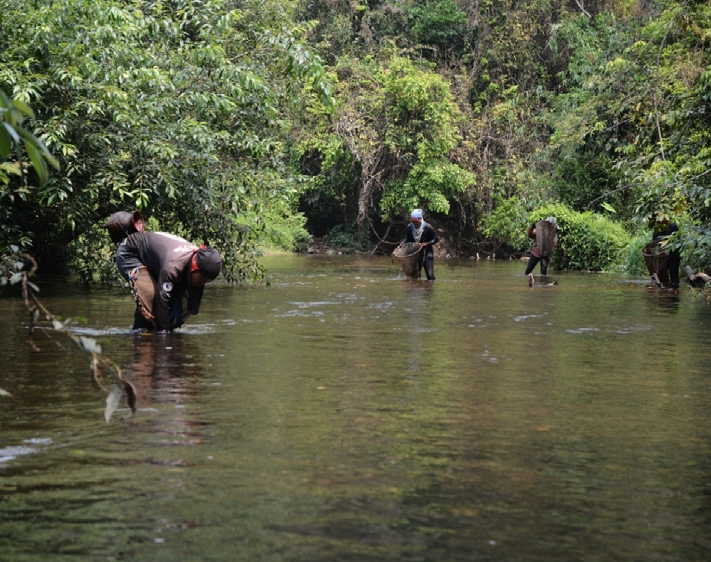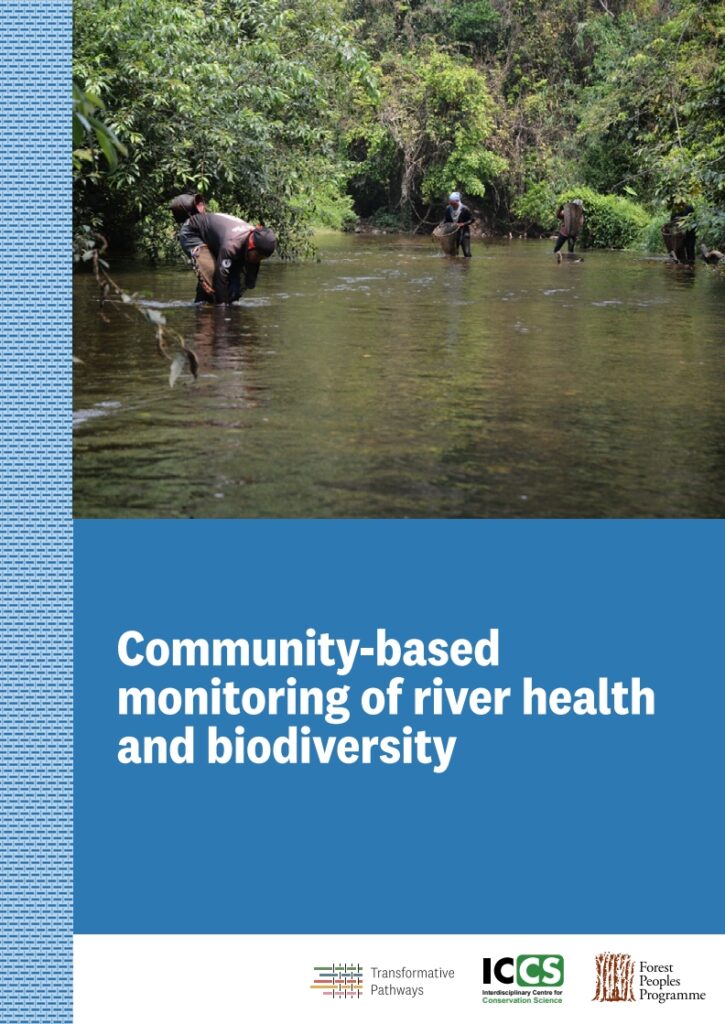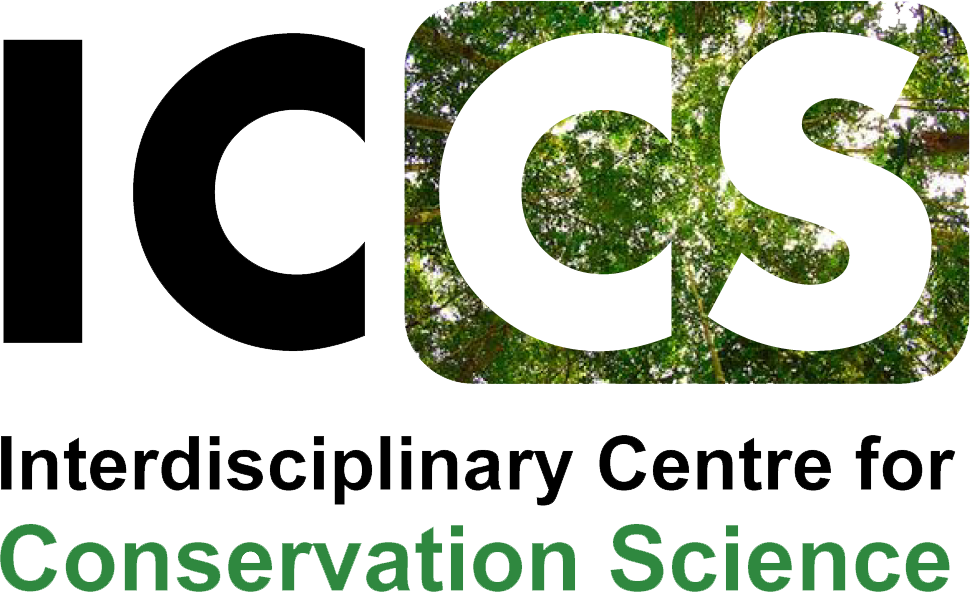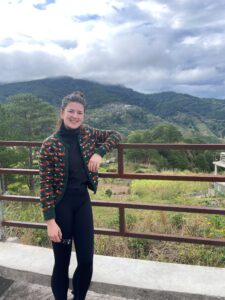University of Oxford
11a Mansfield Rd
OX1 3SZ
UK

This piece was written by Dr Albana Berberi of Carleton University, Canada.
Globally, rivers are facing increasing pressure from adverse human activities and development. Pollution, habitat loss, species declines, and unsustainable resource use are common challenges facing freshwater ecosystems.
At the same time, Indigenous and local communities rely on rivers for food, water, medicine, ceremony, identity, and more. By monitoring changes in river water quality, habitat conditions, and species presence, communities can better understand emerging threats and take action to protect the rivers that sustain them.
Community-led monitoring supports and empowers communities in leading initiatives themselves, and not relying on outside expertise or resources. Indigenous and local communities hold a deep knowledge on environmental changes, including changes from adverse human activities. There is a need for a river monitoring guide that places Indigenous and local communities and their knowledge at the core of environmental monitoring, with additional monitoring techniques that are accessible to communities with limited resources or technical expertise.

Developing a community-led guide for river monitoring
To further support Indigenous and community-led conservation initiatives, our team developed a new community-led guide for monitoring river health and biodiversity. This guide brings together methodologies that build on Indigenous and local ecological knowledge, alongside scientific monitoring approaches, supporting community stewardship of river ecosystems. This guide was developed in collaboration with Forest Peoples Programme, the University of Oxford’s Department of Biology and Interdisciplinary Centre for Conservation Science, the Transformative Pathways project funded by the International Climate Initiative, Carleton University, and Mitacs.
The guide outlines practical methods for:
- Identifying community priorities and documenting Indigenous and local ecological knowledge for community use
- Citizen science monitoring techniques, including visual and sensory assessment of river health, monitoring small river animals, measuring water chemistry and contamination, monitoring fish health and abundance.
- Tools and resources, such as datasheet examples and approaches for analyzing collected data to monitor changes in river health and biodiversity.
Significance and future directions
As part of the Transformative Pathways project, this guide supports Indigenous and local community-led biodiversity conservation initiatives. This follows two fundamental guides previously published with Transformative Pathways:
More guides are planned in collaboration with community partners in Transformative Pathways, tailored to partner needs for monitoring biodiversity in their environments. To ensure accessibility, the guide will be translated into the languages of Transformative Pathways community partners.
The development of this river monitoring guide represents a commitment to empower communities to lead conservation efforts in ways that honor Indigenous and local knowledge, strengthen collective action, and protect freshwater ecosystems to sustain livelihoods for present and future generations.

